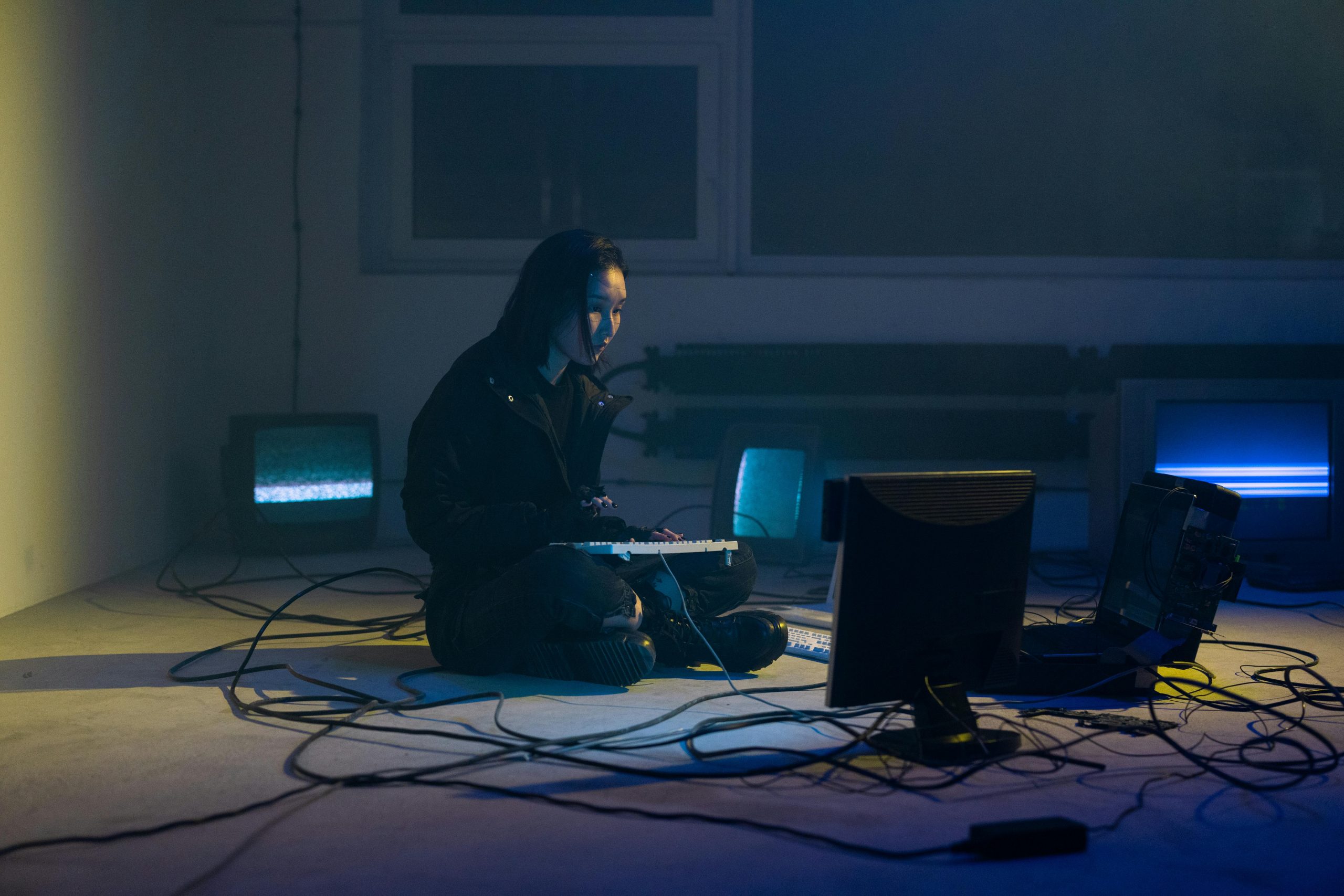Understanding and Troubleshooting Monitor and GPU Connectivity Issues: A Guide for Tech Enthusiasts
Introduction
In the ever-evolving world of computer hardware, encountering connectivity issues between your monitor and graphics processing unit (GPU) can be both frustrating and perplexing. If you’ve been experiencing intermittent display problems without clear signs of hardware failure, you’re not alone. This article aims to explore common causes of such issues, provide troubleshooting steps, and shed light on the underlying technology to empower you to identify and resolve similar problems.
Common Symptoms and Scenarios
Many users report behaviors such as:
- Displaying the GPU manufacturer’s logo momentarily upon startup.
- The monitor turning black and displaying error messages like “No HDMI/DP detected,” followed by repeated cycles of turning off and on.
- Inconsistent ability to unlock the desktop without restarting or adjusting connections.
- Problems occurring during specific actions, such as switching between applications or entering standby mode.
- Physical movement of the monitor affecting display stability.
Sample User Experience
Consider a typical scenario: upon powering on the PC, the monitor briefly shows the GPU brand logo, then goes dark and exhibits an error message indicating no video signal. The monitor repeatedly cycles off and on, preventing access to the desktop unless the user toggles the monitor’s power or fiddles with its position. The issues tend to arise during:
- Transitioning from standby mode
- Running graphically intensive applications or games
- Moving or repositioning the monitor physically
Initial Troubleshooting Steps
-
Check Physical Connections
-
Ensure all video cables (HDMI, DisplayPort, DVI) are securely connected.
- Inspect cables for damage or wear.
-
Test with a different cable or port to rule out faulty connections.
-
Test with a Different Monitor
-
Swap in a different monitor to determine if the issue persists.
-
If the problem resolves with another monitor, the original display may be at fault.
-
Update Graphics Drivers
-
Download and install the latest drivers from the GPU manufacturer’s website.
-
Use official tools (such as NVIDIA GeForce Experience or AMD Radeon Software) for proper updates.
-
Inspect Hardware Components
-
Check that the GPU is properly seated in its slot.
- Ensure adequate power supply connections to the GPU.
-
Clean dust and debris from the GPU and PCIe slot.
-
Monitor and GPU Settings
-
Access the display settings in Windows or your OS of choice.
- Verify that the correct input source is selected on your monitor.
Share this content:

